Unveiling the Mysteries of the Windigo Phenomenon – A Comprehensive Guide
The Windigo Phenomenon has long been a captivating subject of interest, mystifying those who delve into the realm of folklore and the supernatural. In this comprehensive guide, we will navigate through the intriguing depths of the Windigo Phenomenon, shedding light on its understanding, history, symbolism, and its presence in popular culture.
Understanding the Windigo Phenomenon
The Windigo Phenomenon, with its roots deeply embedded in Native American mythology, is a legend that has transcended both time and cultures. Exploring the depths of its definition, appearance, characteristics, origin, and history is essential to gain a deeper understanding of this enigmatic entity.
Exploring the Definition of Windigo
At its core, the Windigo is a malevolent, cannibalistic spirit that has been said to haunt the forests and frozen wastelands of the North American wilderness. It is capable of possessing humans and driving them to commit unthinkable acts.
The concept of the Windigo is not limited to a single tribe or region. Different Native American tribes have their own interpretations of this creature, each adding unique aspects to its definition. For some, the Windigo represents an embodiment of greed and the destructive consequences it brings. Others view it as a symbol of the harsh winter and the desperation it can instill in people.
Unveiling the Appearance and Characteristics of Windigo
The Windigo is often depicted as a towering, emaciated figure with glowing eyes and long, bony limbs. Its flesh is said to be stretched so tightly over its skeletal frame that it appears translucent. The chilling howl of the Windigo pierces through the silent night, striking fear into the hearts of those who dare venture into its territory.
Legends describe the Windigo as having an insatiable hunger for human flesh, driving it to commit acts of cannibalism. It is believed that those who fall victim to the Windigo’s possession become consumed by an overwhelming desire to consume the flesh of others. This insidious transformation turns them into monstrous versions of their former selves, forever tormented by their insatiable hunger.
Tracing the Origin and History of Windigo
The origins of the Windigo can be traced back to the Algonquin tribes of North America. It is believed to have emerged as a cautionary tale, warning against greed, gluttony, and the consumption of human flesh. Over time, the legend of the Windigo spread to other indigenous tribes, adapting and evolving to fit their respective cultures.
Among the Algonquin people, the Windigo was seen as a symbol of the harsh winter and the scarcity of resources it brought. It served as a reminder to respect nature and practice moderation in times of abundance to avoid falling prey to the insatiable hunger that the Windigo embodies.
As the legend spread to other tribes, such as the Ojibwe and Cree, the Windigo took on new meanings and interpretations. In some cultures, it became associated with mental illness and psychosis, representing the inner demons that can drive individuals to commit heinous acts. The Windigo became a cautionary figure, reminding people of the importance of maintaining balance within oneself and the community.
Today, the Windigo legend continues to captivate the imagination of people around the world. It serves as a reminder of the power of folklore and mythology in shaping cultural beliefs and values. Exploring the Windigo phenomenon allows us to delve into the depths of human fears, desires, and the consequences of unchecked greed.
The Dark Side of Windigo: Windigo Psychosis
Within the realm of the Windigo Phenomenon lies a deeply unsettling psychological condition known as Windigo Psychosis. This affliction has plagued communities and individuals, leading to unspeakable acts and profound societal disruptions.
Unraveling the Mystery of Windigo Psychosis
Windigo Psychosis is a cultural-bound syndrome characterized by an insatiable desire to consume human flesh. Those afflicted by Windigo Psychosis believe themselves to be possessed by the spirit of the Windigo, driving them to commit atrocious acts in their relentless pursuit of satisfying their cravings.
The origins of Windigo Psychosis can be traced back to indigenous communities in the northern regions of North America. It is believed to have emerged as a response to extreme conditions of famine and isolation, where survival became a constant struggle. In these harsh environments, the boundaries between reality and folklore blurred, giving rise to the belief in malevolent spirits like the Windigo.
Individuals suffering from Windigo Psychosis experience a range of symptoms that reflect their deep psychological torment. They often exhibit signs of severe paranoia, hallucinations, and delusions, firmly convinced that they are being pursued by the Windigo or that they themselves have transformed into the mythical creature. This distorted perception of reality further fuels their insatiable hunger for human flesh.
The consequences of Windigo Psychosis extend far beyond the individual afflicted. Entire communities can be torn apart as fear and suspicion spread like wildfire. The presence of a Windigo Psychosis sufferer within a community can lead to a breakdown of trust and social cohesion, as people become consumed by the constant threat of being the next victim.
Attempts to treat Windigo Psychosis have proven to be challenging, as it requires a delicate balance between addressing the cultural beliefs that underpin the syndrome and providing appropriate psychological support. Indigenous healers and Western mental health professionals have collaborated to develop culturally sensitive interventions that aim to alleviate the suffering of those affected by this debilitating condition.
Understanding Windigo Psychosis is not only a matter of academic curiosity but also crucial for the well-being and preservation of indigenous communities. By shedding light on this dark aspect of the Windigo Phenomenon, we can work towards creating a more compassionate and inclusive society that supports those who are affected by this haunting condition.
Windigo Symbolism: Beyond the Supernatural
Beyond the supernatural realm, the Windigo embodies a profound symbolism that transcends its haunting presence. Decoding the symbolism and meaning embedded within this mythological creature provides a deeper insight into the human condition.
The Windigo, a creature deeply rooted in Native American folklore, holds a significant place in the collective consciousness of various indigenous cultures. Its symbolism goes far beyond its supernatural attributes, delving into the depths of human nature and the consequences of unchecked desires.
Decoding the Symbolism and Meaning of Windigo
The Windigo has been interpreted as a representation of the destructive forces that arise from unchecked greed, gluttony, and the pursuit of power. It serves as a cautionary reminder of the consequences that befall those who succumb to their darkest desires.
Within the mythological narrative, the Windigo often emerges from a person’s insatiable hunger, transforming them into a ravenous and cannibalistic monster. This insatiable hunger can be seen as a metaphor for the human desire for material wealth and power, which, if left unchecked, can consume individuals and societies alike.
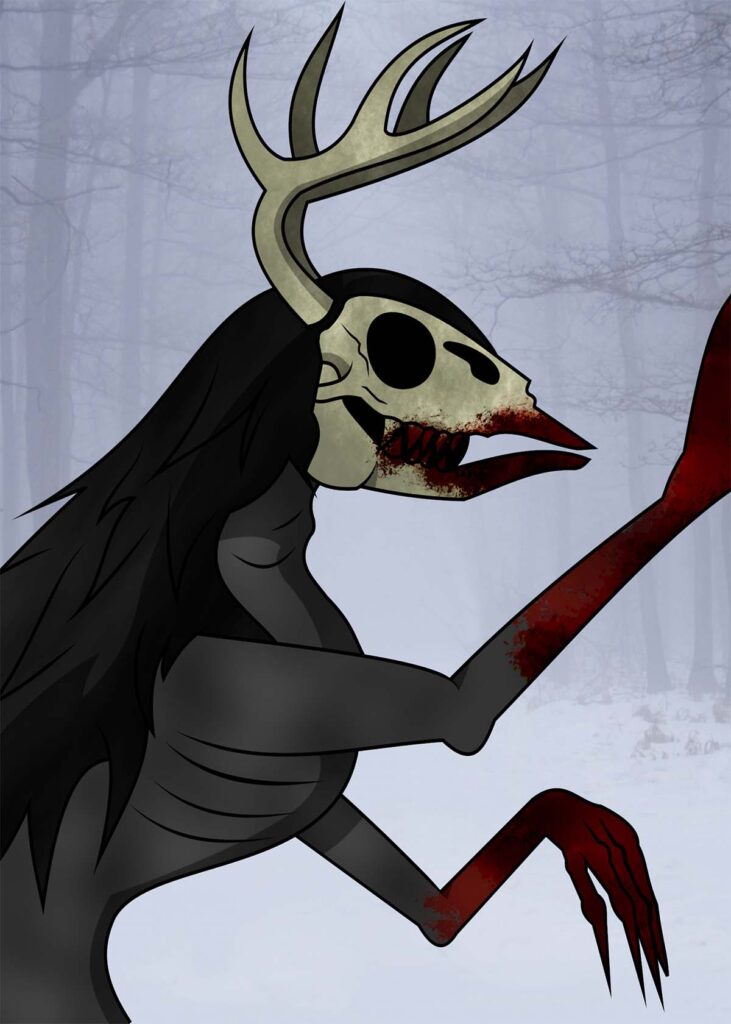
Moreover, the Windigo’s insidious nature highlights the dangers of excessive consumption and the insatiable pursuit of desires. It represents the voracious appetite that can never be satisfied, leading individuals down a path of self-destruction and moral decay.
Through its symbolism, the Windigo also serves as a cautionary tale about the consequences of disregarding the interconnectedness of all living beings. In Native American cultures, harmony with nature and respect for the balance of the natural world are essential principles. The Windigo, with its insatiable hunger and disregard for life, stands as a stark reminder of the importance of maintaining this delicate balance.
Furthermore, the Windigo’s transformation from a human into a monstrous creature reflects the internal struggle between one’s own humanity and their darker impulses. It symbolizes the battle between good and evil within each individual, highlighting the constant need for self-reflection and self-control.
By delving into the symbolism and meaning of the Windigo, we gain a deeper understanding of the complexities of the human condition. It serves as a mirror, reflecting our own desires, fears, and struggles. It reminds us of the importance of self-awareness, moderation, and the pursuit of harmony within ourselves and the world around us.
Windigo in Popular Culture: From Folklore to Film
The gripping tale of the Windigo has captivated the imaginations of many, transcending its origins in folklore to leave an indelible mark on popular culture. Its presence can be felt across various forms of media.
But what exactly is the Windigo? In folklore, the Windigo is a malevolent spirit or creature that is said to possess humans, driving them to commit acts of cannibalism. It is often described as a towering figure with glowing eyes, long claws, and a heart of ice. The mere mention of its name sends shivers down the spines of those who have heard the stories.
Exploring the Windigo’s Role in Folklore and Literature
Throughout history, the Windigo has found its place in numerous folk tales and works of literature, captivating readers with its malevolence and chilling presence. In Native American folklore, the Windigo is believed to be a symbol of greed, gluttony, and the consequences of unchecked desires. It serves as a reminder of the age-old battle between good and evil.
One of the most famous literary works featuring the Windigo is Algernon Blackwood’s “The Wendigo,” a chilling tale set in the Canadian wilderness. The story follows a group of hunters who encounter the Windigo and are slowly consumed by their own inner demons. Blackwood’s vivid descriptions and atmospheric storytelling have made this story a classic in the horror genre.
Another notable mention of the Windigo can be found in Louise Erdrich’s novel “Tracks.” Set in North Dakota during the late 19th century, the story explores the clash between Native American spirituality and the encroachment of Western culture. The Windigo serves as a metaphor for the destructive forces that threaten to destroy the protagonist’s way of life.
The Windigo’s Journey to the Silver Screen
The emergence of film allowed the Windigo to manifest itself on the silver screen, captivating audiences with its eerie and bone-chilling portrayal. From horror films to psychological thrillers, the Windigo continues to send shivers down the spines of those who dare to watch.
One of the most iconic portrayals of the Windigo in film can be found in the 1999 horror movie “Ravenous.” Set during the Mexican-American War, the film tells the story of a group of soldiers who become stranded in the snowy mountains and are forced to confront the terrifying reality of the Windigo. The movie masterfully combines elements of horror, suspense, and dark humor to create a truly unforgettable cinematic experience.
Another notable film featuring the Windigo is the critically acclaimed psychological thriller “Wendy and Lucy.” Directed by Kelly Reichardt, the film follows the journey of a young woman named Wendy and her dog Lucy as they travel through the Pacific Northwest. While the Windigo is not a central plot point in the movie, its presence is felt through the haunting atmosphere and the characters’ constant struggle against the harsh and unforgiving wilderness.
As we conclude our comprehensive journey through the Windigo Phenomenon, it becomes clear that the allure of this creature lies not only in its supernatural nature but also in its capacity to reflect deeply ingrained human fears, desires, and moral dilemmas. Through understanding its origins, exploring its psychological impact, and decoding its symbolism, we can gain a greater appreciation for the Windigo’s enduring presence in both folklore and popular culture. May this guide serve as a testament to the everlasting fascination that surrounds the enigmatic Windigo Phenomenon.



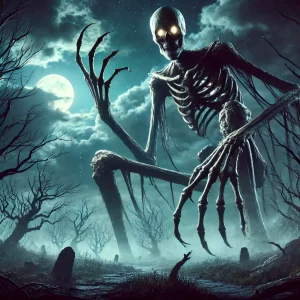
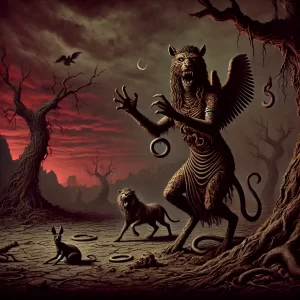
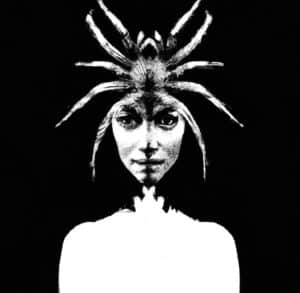
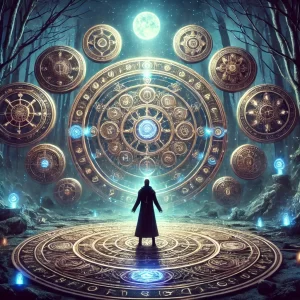

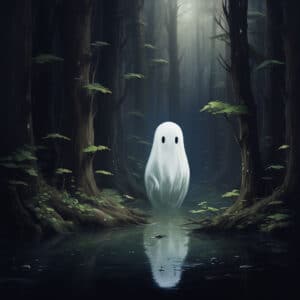

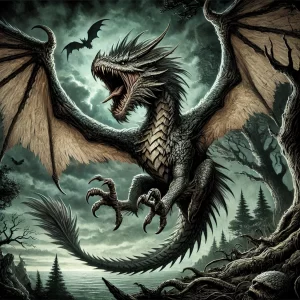
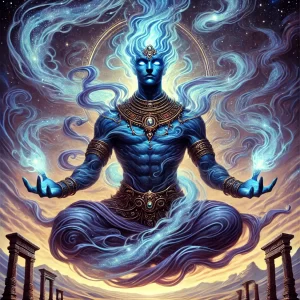
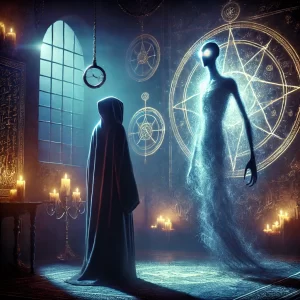
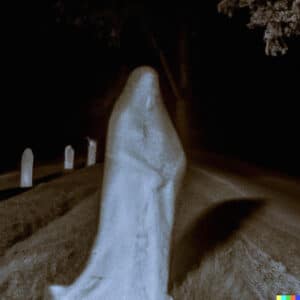
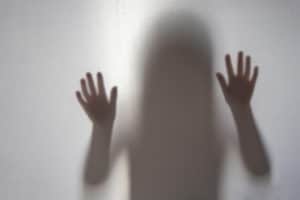




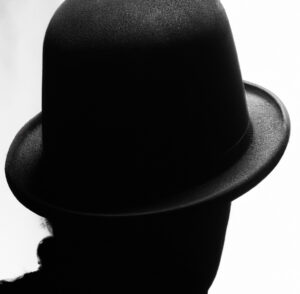

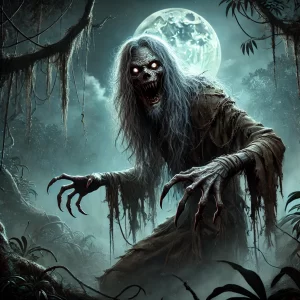



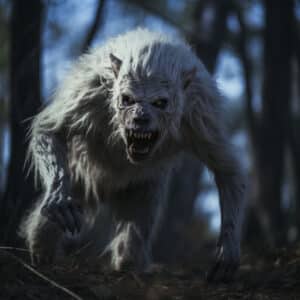
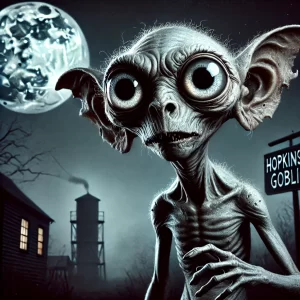
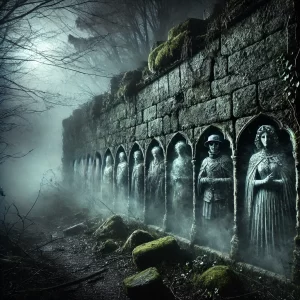
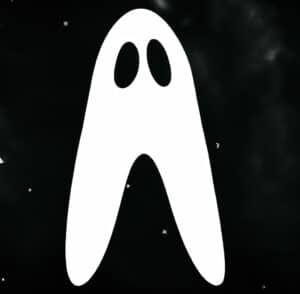
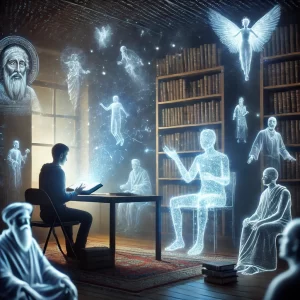
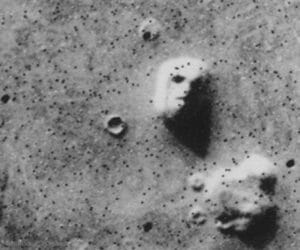


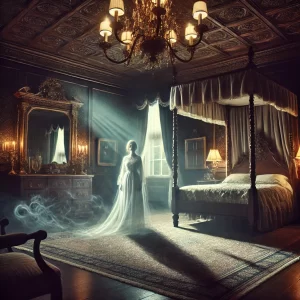

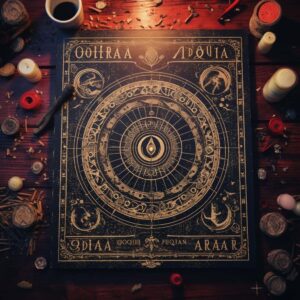

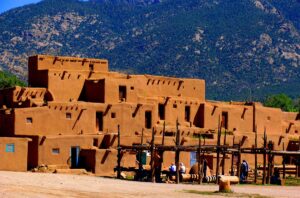

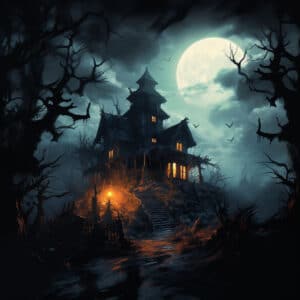

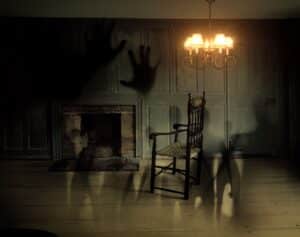

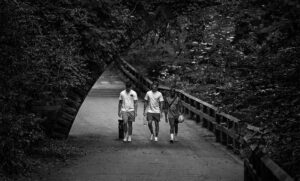


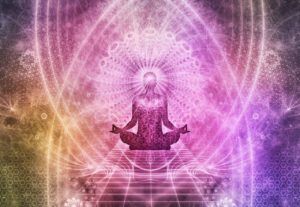

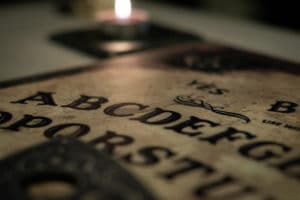

Leave a Reply